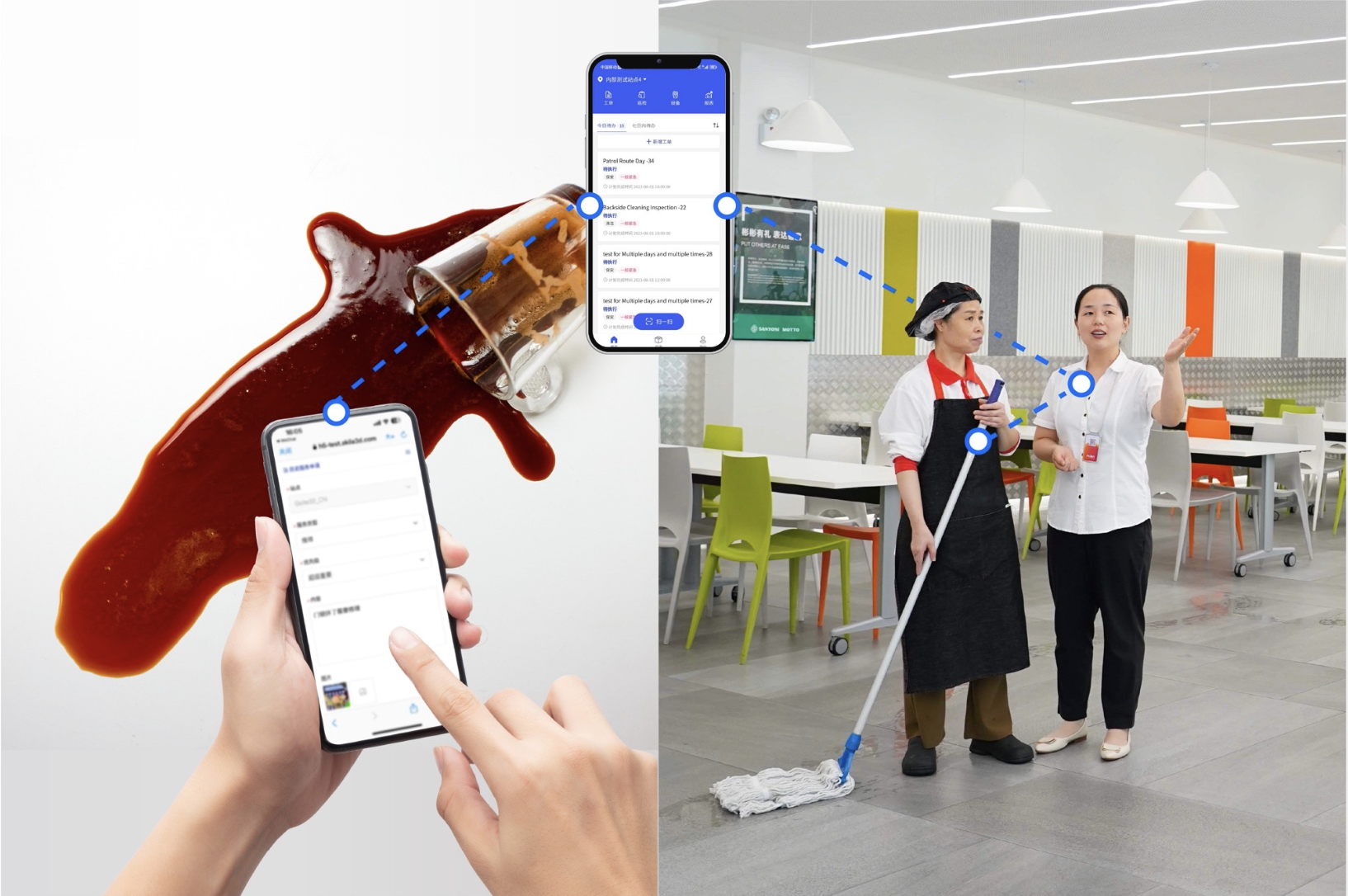How smart tools, data, and intelligent management are transforming an industry long overdue for disruption.
The cleaning services industry is entering a new era—one defined not by mops and brooms, but by smart sensors, AI-enabled machines, and real-time operational data. Long seen as a labor-intensive sector, cleaning is now emerging as a leader in digital transformation, driven by growing expectations for performance, sustainability, and transparency.
In this article, we explore how digital management platforms, intelligent equipment, and data-centric strategies are not just optimizing service delivery—but fundamentally redefining what excellence in cleaning looks like.
Digital Management: The Engine Driving Operational Excellence
At the heart of modern cleaning operations lies digital management—an integrated approach that connects people, processes, and machines. Cloud platforms, IoT, and big data are enabling cleaning teams to plan, monitor, and adapt with unprecedented precision.
The results speak for themselves:
- 30% boost in workforce productivity through automated task scheduling and real-time oversight.
- Over 90% customer satisfaction thanks to transparent service tracking and faster response times.
- 40% quicker task execution driven by smart tools and optimized resource deployment.
But digital transformation is more than a technology upgrade. It requires a strategic rethink: companies must invest in change management, employee upskilling, and end-to-end process redesign. Those that do will unlock scalable efficiencies and stay ahead of competitors still reliant on manual operations.
Smart Devices: Automating Precision and Consistency
Smart cleaning equipment is now a cornerstone of high-performance operations. From autonomous floor scrubbers to sensor-equipped vacuums, today’s devices do more than clean—they think, adapt, and learn.
Key advantages include:
- 50% higher operational efficiency than manual cleaning, reducing labor dependency.
- 95% task accuracy enabled by AI-powered navigation and real-time adjustments.
- 10,000+ operational hours with predictive maintenance, lowering lifecycle costs.
For many organizations, integrating these devices is a game-changer. But it requires a clear implementation roadmap—one that aligns equipment, digital platforms, and training protocols to maximize return on investment.
Data-Driven Transparency: Building Trust Through Insight
Digital cleaning services are inherently more transparent. Through mobile dashboards and client portals, customers can monitor KPIs in real time—from service status and task completion to incident reports and cost breakdowns.
The impact is measurable:
- 60% faster order processing, reducing downtime and enhancing responsiveness.
- 95% customer satisfaction with on-demand reporting and visible service quality.
- 20% overall efficiency gain through improved coordination with suppliers and partners.
However, with great data comes great responsibility. Robust cybersecurity, encrypted communications, and compliance with data privacy laws are essential to building and maintaining customer trust.
Looking Ahead: A Smarter, Greener, More Responsive Industry
The digitalization of cleaning is still gaining momentum. In the years ahead, we can expect even greater convergence of AI, IoT, and sustainability goals. From carbon tracking and energy-efficient devices to personalized service models powered by predictive analytics, cleaning will become smarter, greener, and more tailored to specific client needs.
For cleaning service providers, the message is clear: adapting now isn’t optional—it’s essential. Those who invest in digital infrastructure today will not only improve service quality but also unlock new business models and long-term competitive advantage.
